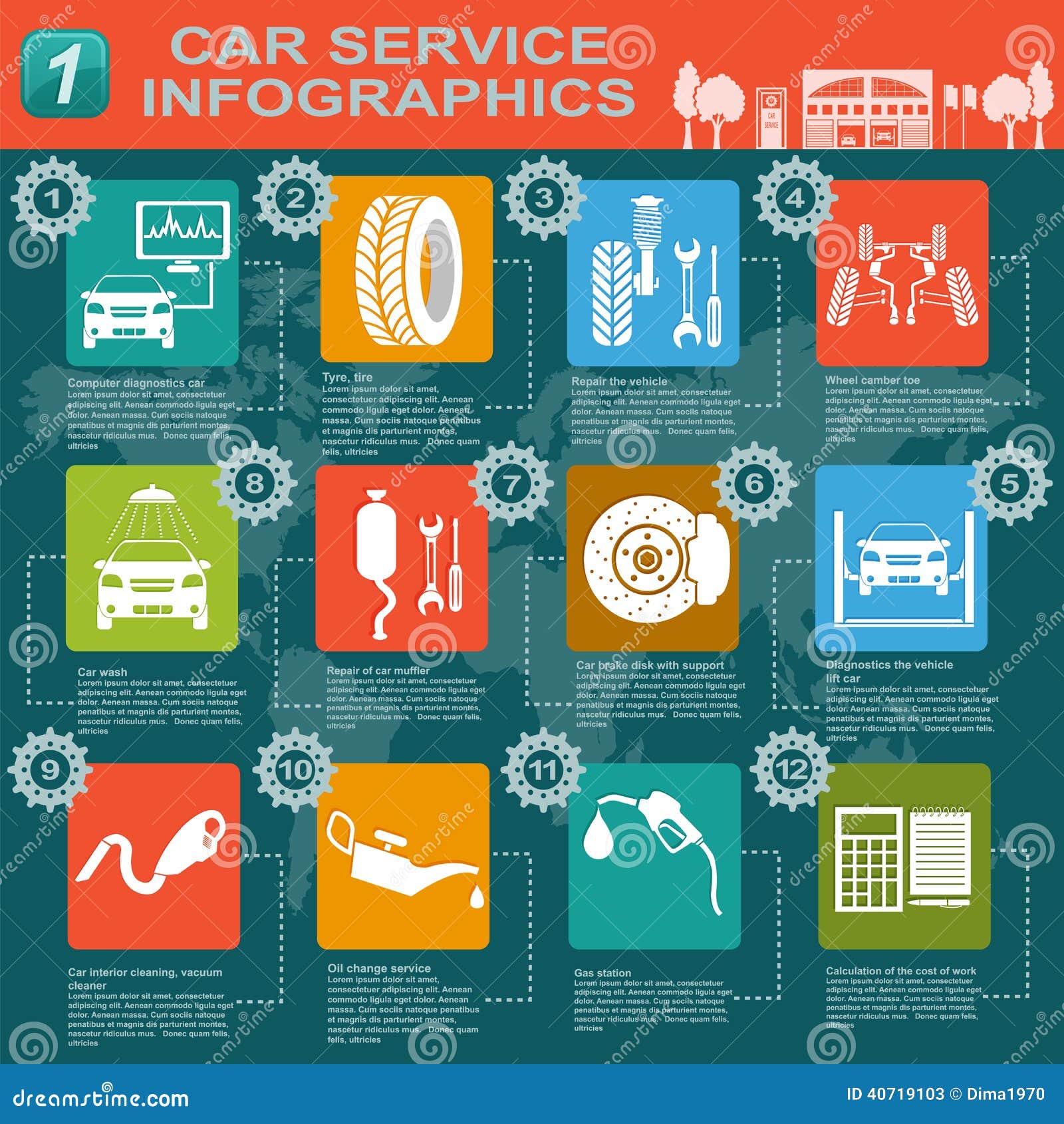Analyzing Your Car'S Alert Lighting: Their True Implications
Analyzing Your Car'S Alert Lighting: Their True Implications
Blog Article
Article Author-Lim Alvarado
When you lag the wheel, those glowing caution lights on your control panel can be a little bit puzzling. Do good car wash near me understand what they're trying to inform you about your auto's health? Comprehending the relevance of these lights is crucial for your safety and the durability of your lorry. So, the following time among those lights appears, would not you intend to understand its message properly and take the essential actions to resolve it?
Common Caution Lighting and Interpretations
Determine common warning lights in your vehicle and recognize their meanings to make certain secure driving.
The most common warning lights include the check engine light, which signals issues with the engine or emissions system. If this light begins, it's crucial to have your car examined immediately.
The oil pressure advising light shows low oil stress, needing immediate interest to avoid engine damages.
A flashing battery light may suggest a defective billing system, potentially leaving you stranded if not addressed.
The tire pressure surveillance system (TPMS) light notifies you to reduced tire pressure, impacting vehicle security and gas effectiveness. Neglecting this could cause harmful driving conditions.
The abdominal muscle light indicates a trouble with the anti-lock braking system, jeopardizing your ability to quit rapidly in emergency situations.
Last but not least, the coolant temperature level advising light warns of engine getting too hot, which can lead to severe damages otherwise dealt with quickly.
Understanding these typical caution lights will certainly help you resolve concerns promptly and preserve safe driving conditions.
Value of Prompt Interest
Understanding the typical warning lights in your auto is just the very first step; the relevance of quickly addressing these warnings can't be stressed enough to ensure your security when driving.
When a warning light illuminates on your control panel, it's your cars and truck's method of connecting a prospective concern that needs focus. Neglecting these warnings can result in a lot more serious issues down the road, jeopardizing your safety and security and possibly costing you much more out of commission.
Trigger attention to alerting lights can stop failures and crashes. For example, a blinking check engine light might show a misfire that, if left unattended, might create damage to the catalytic converter. Resolving this promptly can save you from a pricey repair service.
In a similar way, a brake system alerting light could signify low brake fluid or used brake pads, important parts for your safety when driving.
DIY Troubleshooting Tips
If you observe a warning light on your control panel, there are a couple of do it yourself troubleshooting ideas you can attempt before seeking specialist assistance.
The initial step is to consult your cars and truck's manual to recognize what the details caution light indicates. In some cases the issue can be as straightforward as a loosened gas cap causing the check engine light. Tightening up the gas cap may fix the problem.
please click the following page is a low battery, which can trigger various advising lights. Inspecting the battery links for rust and ensuring they're secure might take care of the issue.
If a warning light lingers, you can attempt resetting it by disconnecting the cars and truck's battery for a couple of minutes and afterwards reconnecting it. Additionally, checking your vehicle's liquid levels, such as oil, coolant, and brake liquid, can assist troubleshoot warning lights related to these systems.
Final thought
To conclude, understanding your auto's caution lights is necessary for maintaining your vehicle running efficiently and safely. By immediately resolving these alerts and knowing what they indicate, you can avoid expensive repairs and possible failures.
Bear in mind to consult your auto's handbook for certain information on each warning light and take action accordingly to ensure a hassle-free driving experience.
Keep informed, stay safe on the road!
